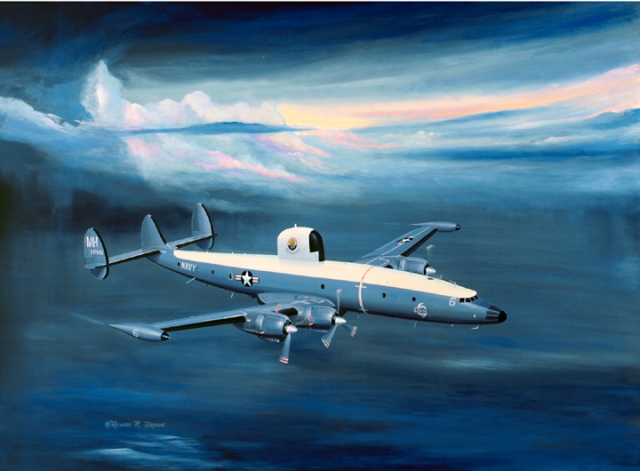
On May 17, 1946, Weather Reconnaissance Squadron Three (VWP-3) was established at Naval Air Station Miami with the nickname “Hurricane Hunters”. Although several Naval aircraft had flown into Atlantic hurricanes over the previous three years, this was the first Navy unit specifically assigned the task to be ‘on call’ for tropical weather reconnaissance in the Atlantic basin. The original squadron flew PB4Y-2M Privateers and would fly long-range synoptic missions out of Miami looking for signs of disturbed weather that might indicate the formation of a hurricane.

Over the next 28 years the unit designation would change several times, ending up as VW-4 in 1974 (when the unit was disbanded) but they always kept the nickname “Hurricane Hunters”. They shared it with the Air Force unit also assigned Atlantic tropical weather patrol duties, the 53rd WRS . They also changed airframes several times as the fleet got upgraded from Privateers to WC-121 Super Connies and finally Orion P-3s just before being disbanded. The unit was a vital part of Project STORMFURY, a joint Navy/Weather Bureau scientific experiment to see if seeding hurricanes with silver iodide could alter the structure of the storms. The Navy Hurricane Hunters monitored the subject storms at several different levels using their superior vertically scanning radars.
Each year the Navy Hurricane Hunters would compete with their Air Force brethren to see who would fly the fewest missions. Which ever unit ‘skated’ through the season would win the ‘coveted’ Hans Brinker Award, a skate spray painted silver and mounted on a board.